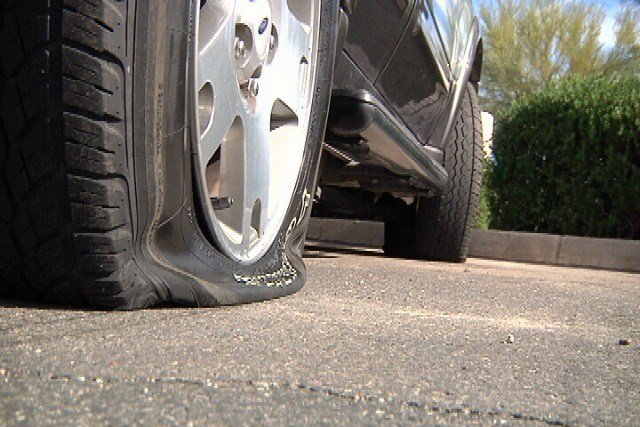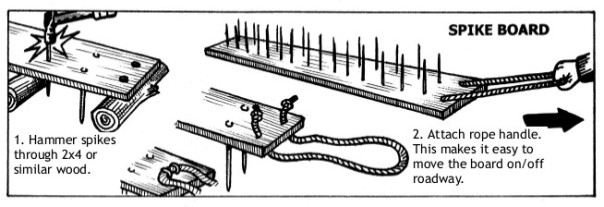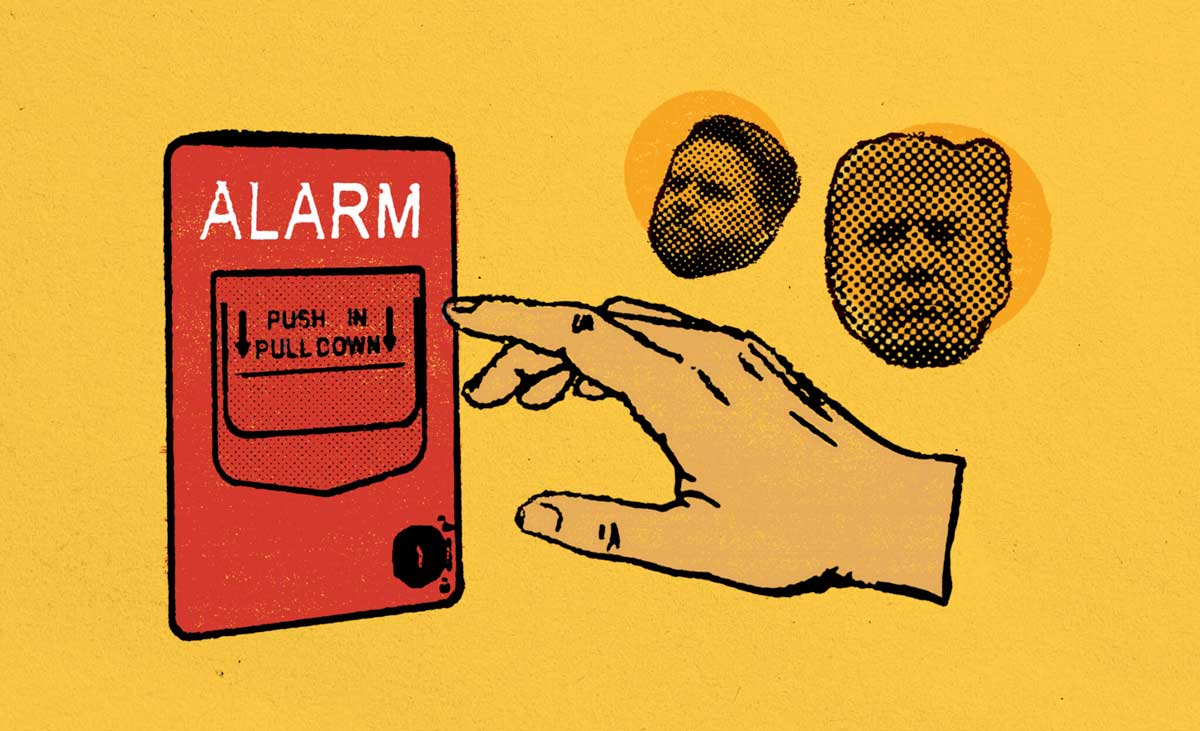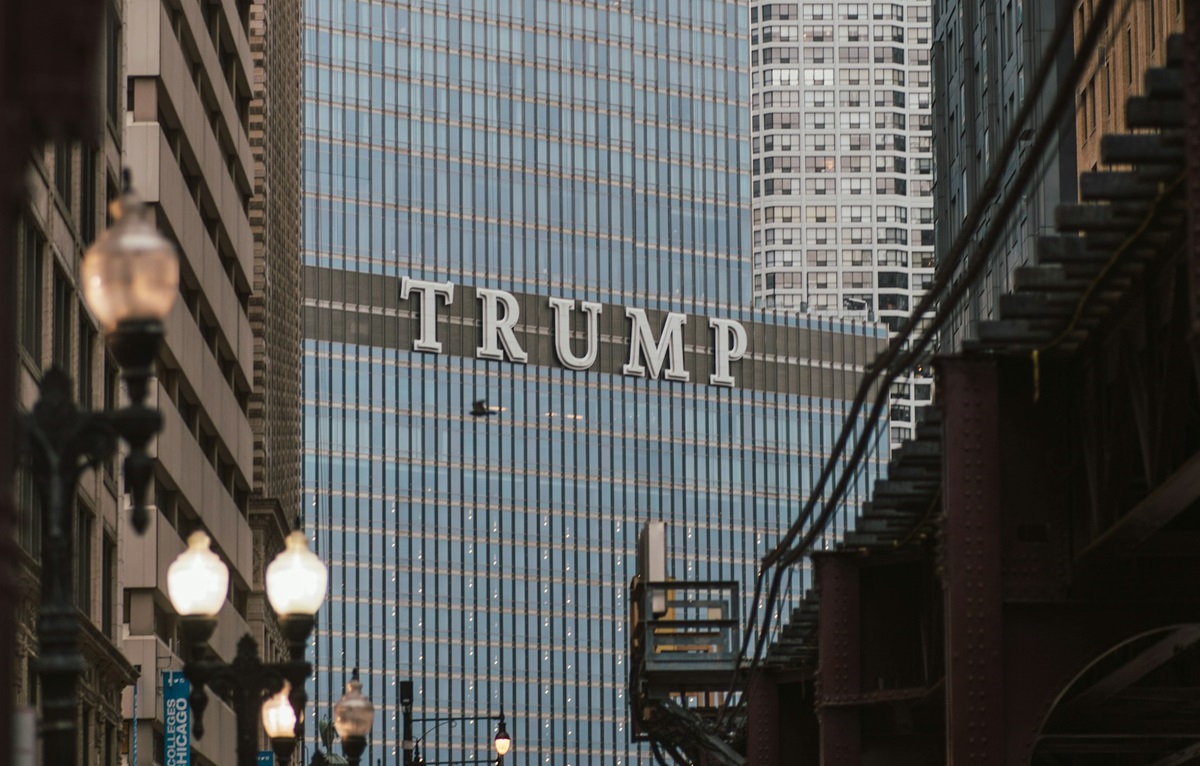Filed under: Action

From Warrior Publications
On August 4, 2016, a land defender was injured during a blockade action at the Mount Polley mine site in central BC when a driver, reportedly a worker for Imperial Metals, drove through the blockade. The blockade was comprised of people standing in the roadway to stop traffic, never a good idea in my opinion. The fact is, people blockading vehicles will always be dependent on the driver not forcing their way through for the simple reason that a group of people cannot physically stop a car or truck.
Some blockades will inevitably be comprised of people standing in the path of traffic. As I mentioned, I don’t think it’s a good tactic. But in some situations I understand why it’s used. For example, many protests in urban environments will simply stop at intersections to disrupt traffic. There have also been numerous highway blockades carried out by Black Lives Matter protesters, in which groups of people make their way onto a highway and stop the flow of traffic. These types of temporary blockades may be spontaneous or the police presence prevents the bringing of blockade materials (such as dumpsters or other large objects carried onto the roadway).
When a blockade is planned beforehand, however, and/or takes place in an environment in which it is relatively easy to bring obstacles onto a roadway, it is far safer to do so than to try and stop vehicles with one’s body.
To stop vehicles during a pursuit, police frequently deploy spike belts. These are folding steel devices that can be quickly thrown across a road and which have spikes sticking up. If a vehicle drives over the spike belt, the tires are shredded and the mobility of the vehicle is severely reduced.
A fairly common tactic used by Indigenous land defenders in BC during the 1990s was a variant of the spike belt: the spike board. It is an inexpensive and easily made device, comprised of a board with spikes (or large nails) hammered through, usually with a rope handle attached. The board is laid across a roadway to stop vehicles from simply driving through a blockade or checkpoint.
If a blockade was only targeting certain vehicles, such as logging trucks, it could be easily removed to allow passage of civilian vehicles. The same applied to information checkpoints, during which all vehicles were stopped and checked, and then allowed to proceed (or turned away, if it was a targeted blockade).
The spike board was a very effective technique, because if a driver chose to force their way through, the result would be the destruction of their tires. A vehicle can still drive on its rims of course, but that would result in damage to the rims. So drivers always stopped for the spike board. Another option is to park a vehicle across the road that could then be moved to allow vehicles to pass, depending on the terrain. Something to think about the next time you take part in a blockade action.






